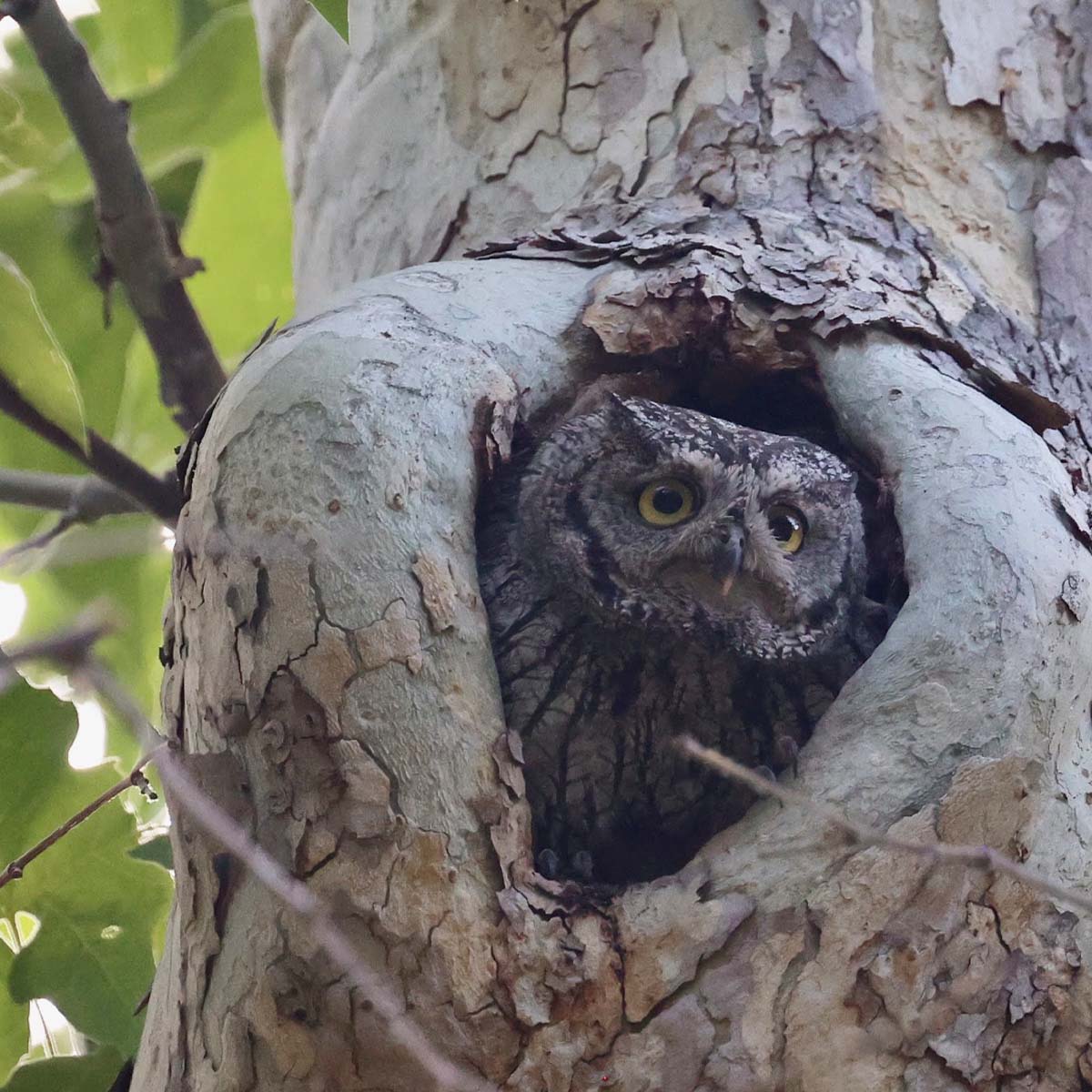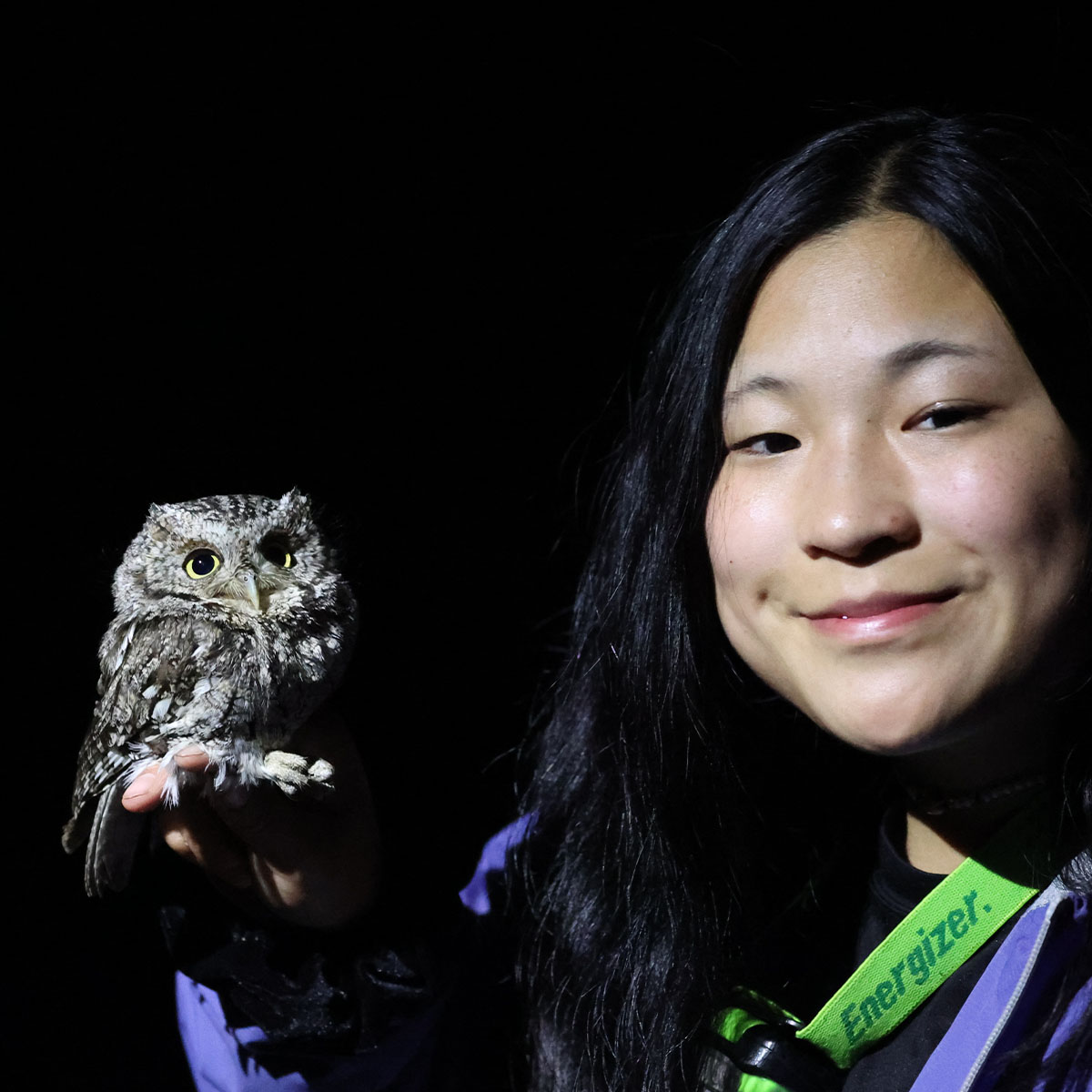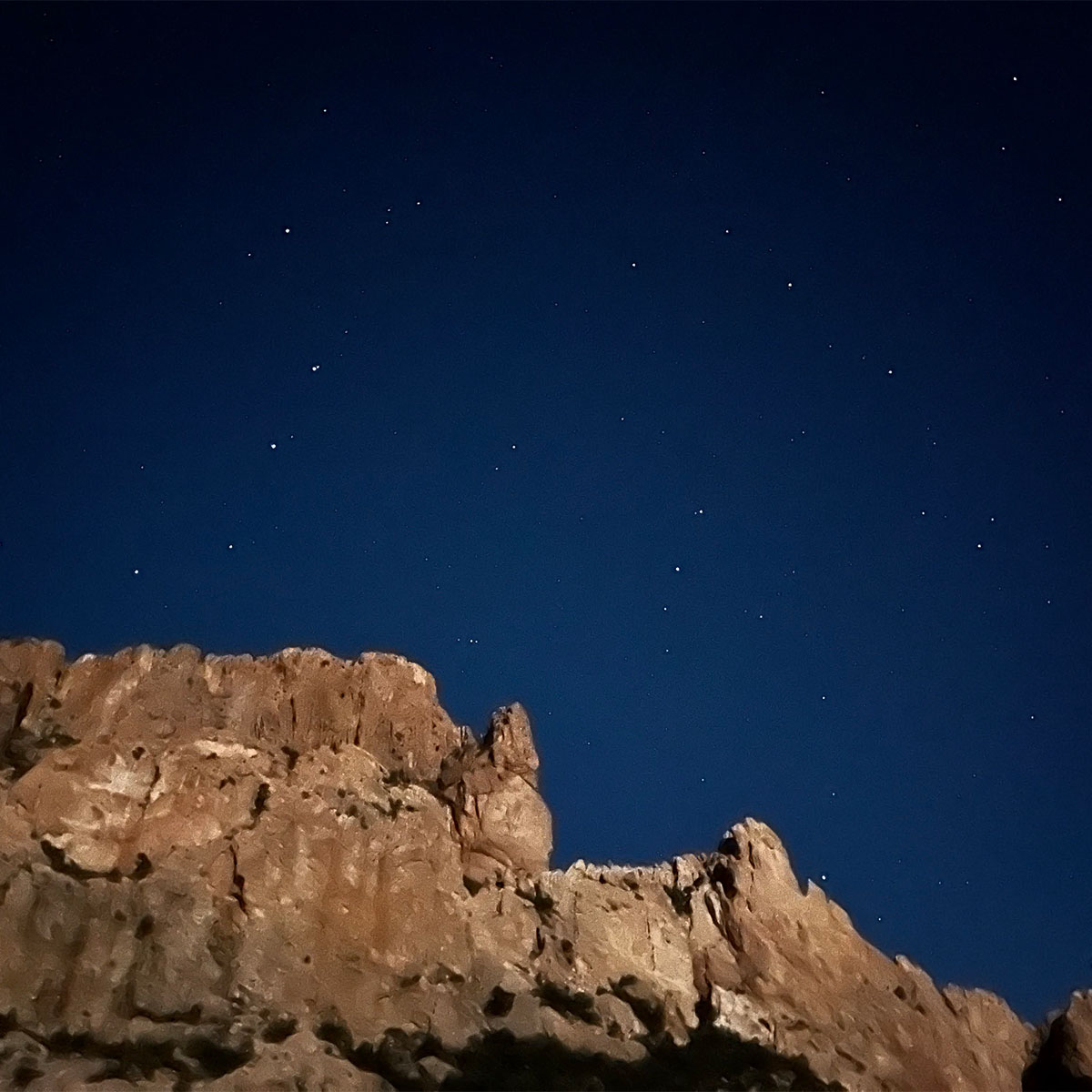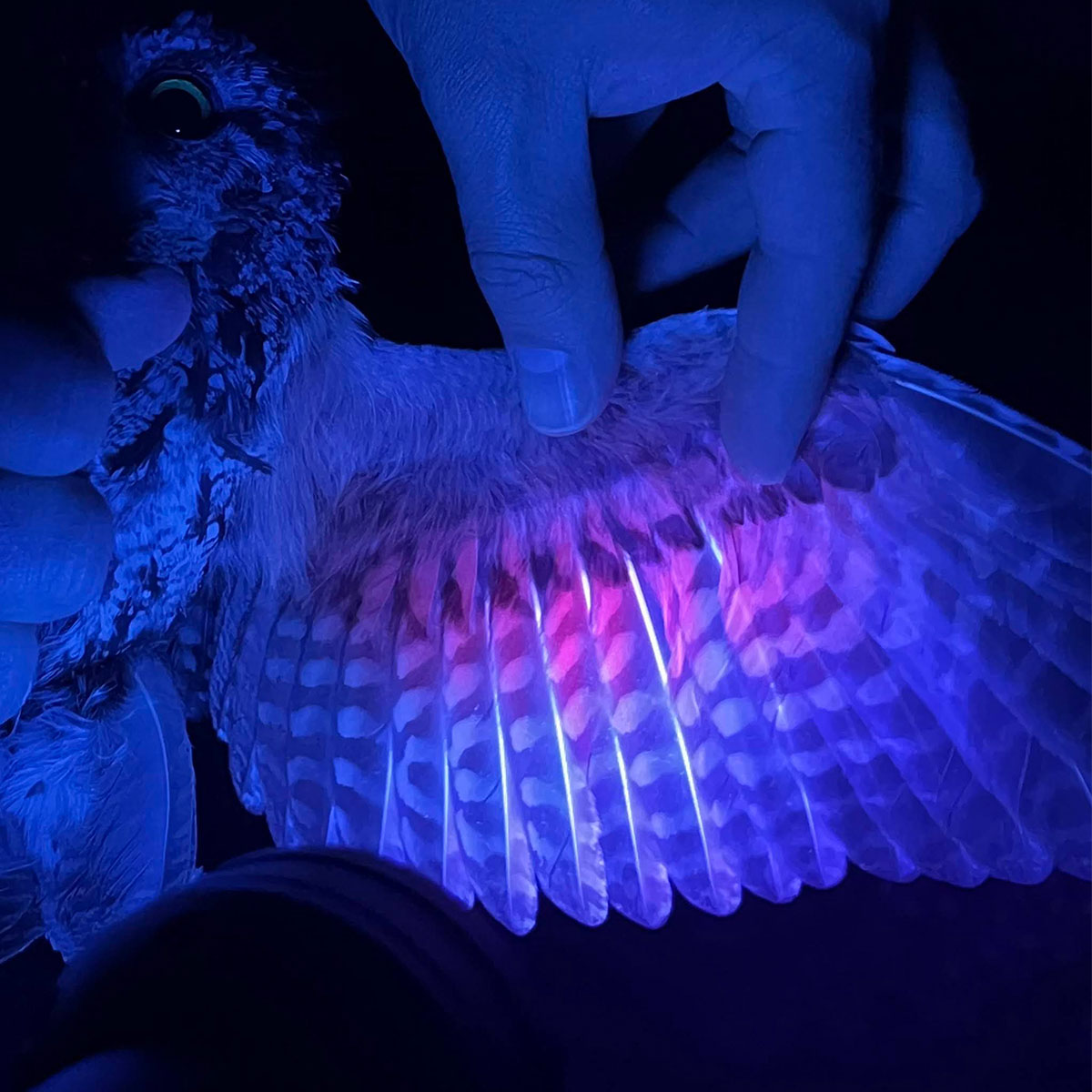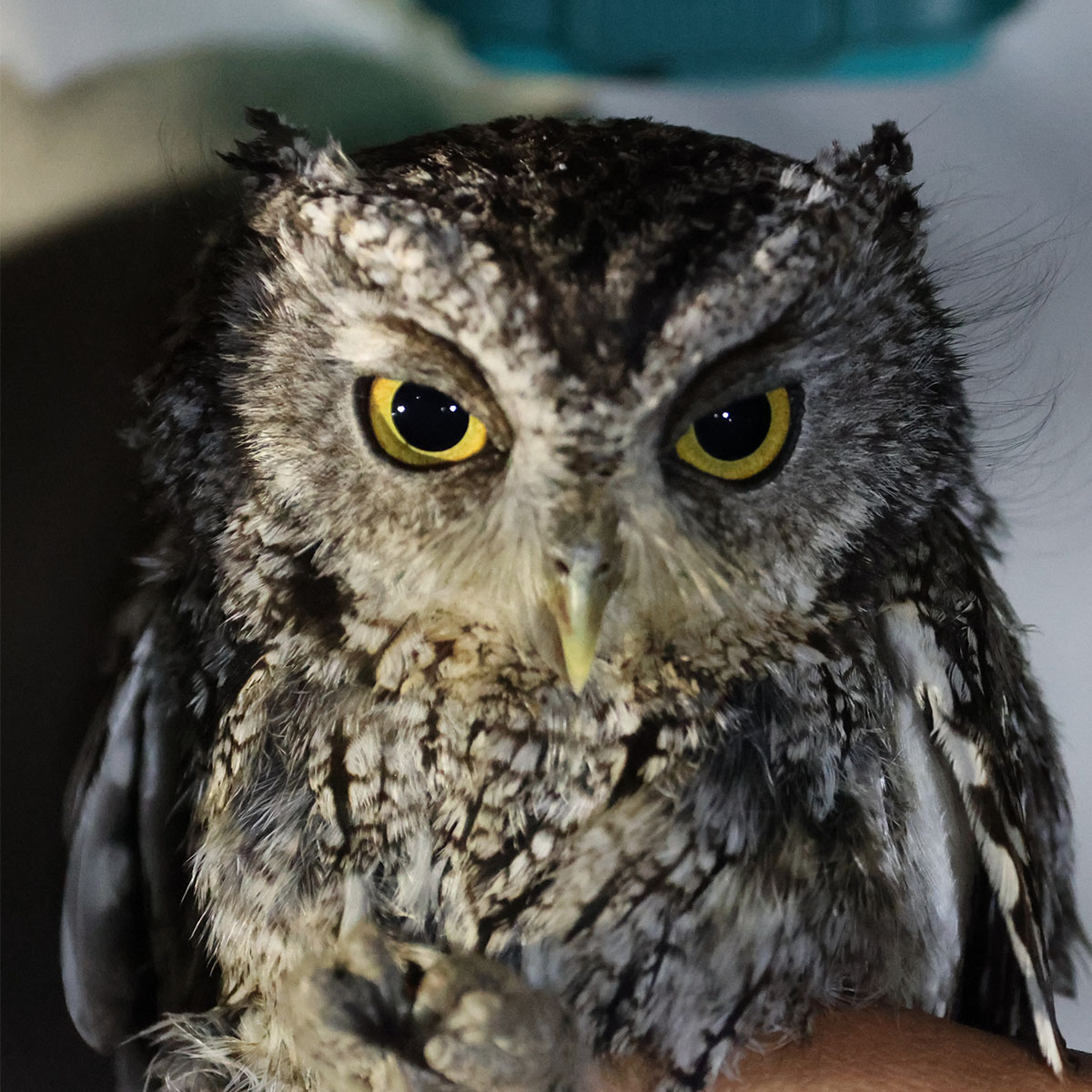Catching Owls in the Arizona Desert
Explorer Owls
Doris Duke Scholarship Provides Owl Research Opportunity for Undergrad
Annie Vaage was never one to wing it.
That changed when she came to the University of Idaho.
The Orofino High graduate and class salutatorian, who is also a karate black belt, is enrolled in the College of Natural Resources earning a degree in wildlife sciences.
As a sophomore researcher Vaage’s interest in the outdoors has taken flight. Literally.
“I didn’t intend to study raptors, or birds, it’s just what happened,” said Vaage, who spent the summer as a Doris Duke conservation scholar assisting in field research of six owl species in Arizona.
Vaage’s research was part of an ongoing study that seeks to learn how owls in the desert environment of southeastern Arizona use their habitat, and how climate change may affect their ecology.
“We found a lot of new owl nesting cavities, and we were able to watch the parent owls and baby owls grow up and fledge,” Vaage said. “So, we learned about the territories of these owl species and how successful their nesting was.”
The team used large grids to map owl nests, and potential nesting sites. Researchers also collected temperature data inside and outside of nesting cavities, and natural cavities that could become nesting cavities in the future, and logged which sites resulted in successful broods.
“The big picture of the study was to learn how these six species of owls chose nesting cavities and how environmental changes could affect nesting in the future,” she said.
Most exciting was catching owls at night using nets, Vaage said.
Researchers caught owls at night using recorded owl calls and nets on poles set up near nesting cavities. They logged the type of species, measured the owls and fitted them with leg bands.
“Night trapping for owls … was an adrenaline rushing, surreal experience.” Annie Vaage, Undergraduate
“Night trapping for owls with the mist nets was an adrenaline rushing, surreal experience,” Vaage said. “Every night was beautiful with the bright moon and stars shining above and the different calls of the owls. Whenever an owl flew close enough to our playback speaker, we would set up the mist nets as quickly, quietly and effectively as we could and then we would play a little game of cat and mouse. Our lead scientist called it ‘fishing for owls in the dark with nets,’ which is a pretty accurate description of night trapping.”
Once owls were caught in the nets, researchers went to work untangling the animals, keeping them calm and collecting data – size, weight and general health information – before banding and releasing them
Vaage plans to continue to participate in undergraduate field research while at U of I.
“This experience taught me skills and lessons that I will cherish forever,” she said. “I learned how to adapt and work in an unfamiliar and exotic ecosystem, to work alongside individuals of various skills, backgrounds and personalities, and to perform effective research in the field for the long-term benefit of several owl species.”
Undergraduate research is important, Vaage said, because it supports graduate students by advancing their studies, it adds to students’ knowledge of a variety of species, “and it teaches undergraduates how to properly conduct research.”
Vaage’s earlier undergraduate research included a U of I raptor study that focused on rough-legged hawks.
The Doris Duke conservation program, a collaboration between the university’s cooperative wildlife research unit, pays students to conduct summer field research on their way to earning degrees in conservation.
Article by Ralph Bartholdt, University Communications.
Photos by Annie Vaage and Day Scott, U of I students.
Video by Garrett Britton, University Visual Productions.
Published December 2022.







